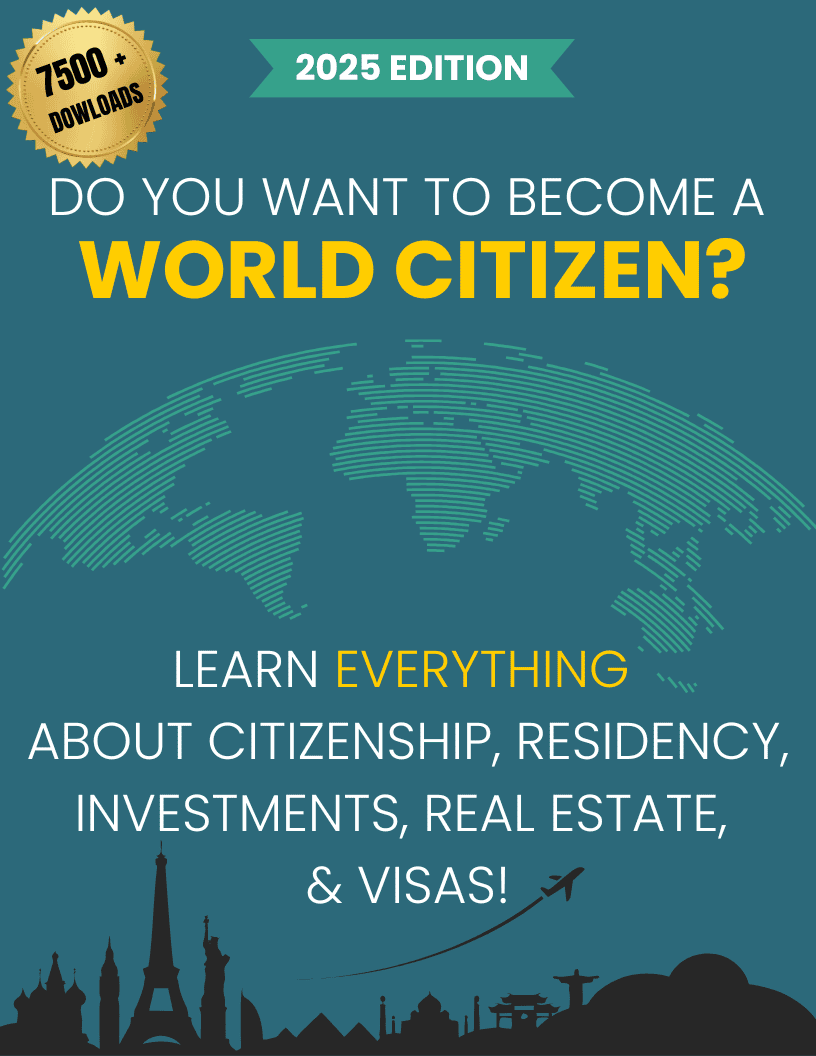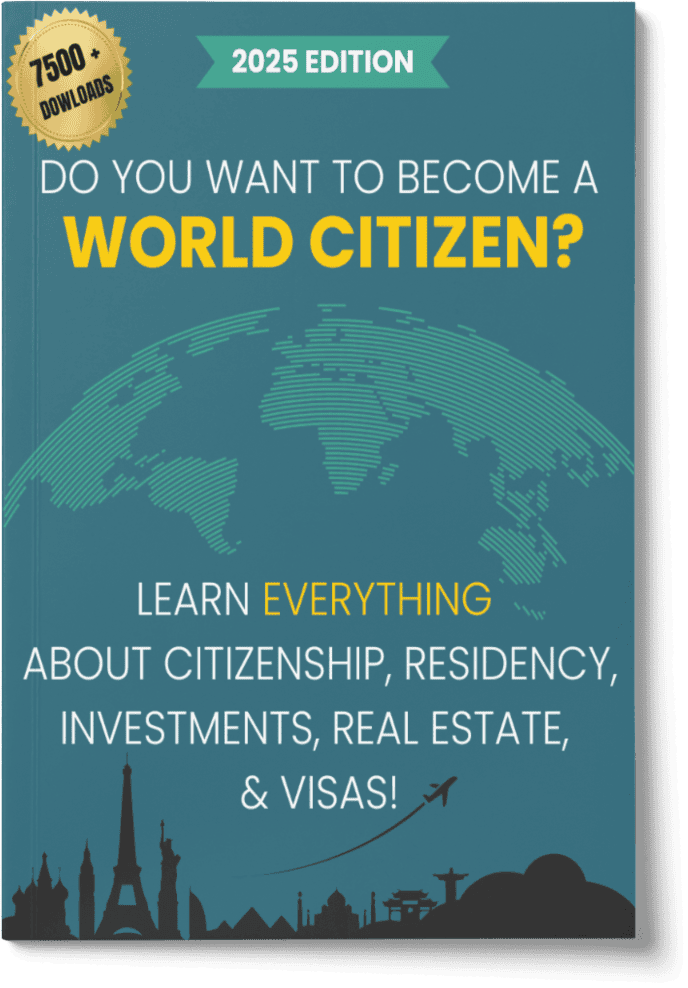US Employment-Based Visas
Boost Your Freedom Without Compromise.
- Who offers the CHEAPEST program available.
- Who offers the BEST program available.
- What you need to qualify?

In This Article, You Will Discover:
- US employment-based (EB) visas are categorized from EB-1 to EB-5, catering to individuals with extraordinary abilities, professionals holding advanced degrees, skilled workers, special immigrants, and investors.
- Applying for an EB-2 visa involves a job offer from a US employer, labor certification, and evidence that the applicant possesses an advanced degree or exceptional ability.
- The EB-3 visa category is for skilled workers, professionals, and other workers, requiring a labor certification, a permanent, full-time job offer, and meeting the educational and employment criteria.
- Family members of EB visa holders can accompany them to the US, with spouses eligible to apply for work authorization.
- Transitioning to a green card involves adjustment of status or consular processing, contingent upon visa availability and meeting eligibility requirements.
- Who offers the CHEAPEST program available.
- Who offers the BEST program available.
- What you need to qualify?
 Free Consultation
Free Consultation Easy to Use
Easy to Use 100% Safe & Secure
100% Safe & Secure
Overview of U.S. Employment-Based Visas
The United States is a top choice for professionals looking to grow their careers. The employment-based visa system helps make this possible. It attracts talent from all over the world, offering paths to live and work in the U.S. for a short or long time.
This guide will cover the main types of U.S. employment-based visas. We'll look at their benefits, who can apply, and how to apply.
Types of Employment-Based Visas
U.S. employment-based visas are split into two main groups: temporary and permanent. Each is designed for different professional needs and skills.
Temporary Employment-Based Visas
These visas let people work in the U.S. for a set time with their employer's help. Some examples are:
- H-1B Visa (Specialty Occupations)
- For professionals in fields like IT, engineering, medicine, and finance.
- Needs a bachelor’s degree or its equivalent in the field.
- L-1 Visa (Intra-Company Transfers)
- For employees moving from an overseas office to a U.S. one within the same company.
- For managerial, executive, or specialised knowledge roles.
- O-1 Visa (Extraordinary Ability)
- For those with exceptional talent in arts, sciences, education, business, or athletics.
- Needs to show national or international acclaim.
- H-2B Visa (Seasonal Workers)
- For non-agricultural seasonal or temporary workers.
- Often used in hospitality, landscaping, and construction.
- J-1 Visa (Exchange Visitors)
- For those in work-and-study exchange programs.
- Includes internships, teaching, and research.
- TN Visa (NAFTA Professionals)
- For Canadians and Mexicans under the USMCA.
- Covers jobs like accountants, engineers, and scientists.
Permanent Employment-Based Visas (Green Cards)
These visas lead to permanent U.S. residency. They are divided into five categories:
- EB-1 (Priority Workers)
- For individuals with extraordinary abilities, outstanding professors, or multinational executives.
- EB-2 (Professionals with Advanced Degrees)
- Requires a master's degree or higher, or exceptional ability in arts, sciences, or business.
- Includes the National Interest Waiver (NIW) for significant U.S. benefit.
- EB-3 (Skilled Workers and Professionals)
- For individuals with a bachelor’s degree, or those performing skilled or unskilled labour not available in the U.S.
- EB-4 (Special Immigrants)
- For religious workers, broadcasters, and employees of international organisations, among others.
- EB-5 (Immigrant Investor Program)
- For individuals who invest at least $800,000 in a U.S. business, creating 10 jobs.
Benefits of Employment-Based Visas
- Work Opportunities: Allows access to a competitive job market and international experience.
- Pathway to Residency: Many visas lead to permanent residency.
- Family Inclusion: Visa holders can bring their spouses and children.
- Professional Growth: Access to leading industries, advanced technologies, and global networks.
Eligibility Requirements
Eligibility criteria vary by visa type but generally include:
- Educational Qualifications: Proof of degrees or certifications in relevant fields.
- Job Offer: Most visas require a confirmed job offer from a U.S.-based employer.
- Labour Certification: For certain categories, the employer must demonstrate that hiring a foreign worker will not harm U.S. workers.
- Evidence of Skills or Achievements: Supporting documents for exceptional abilities or specialised knowledge.
Application Process
- Employer Sponsorship
- Most employment-based visas require an employer to file a petition on behalf of the applicant.
- Employers submit Form I-129 (for temporary visas) or Form I-140 (for permanent visas) to the U.S. Citizenship and Immigration Services (USCIS).
- Labour Certification
- For certain categories, employers must obtain a PERM labour certification from the Department of Labor.
- Visa Application
- After petition approval, the applicant applies for the visa at a U.S. embassy or consulate.
- Interview
- Attend an in-person interview where officials assess the application.
- Visa Issuance
- Once approved, the visa is stamped in the applicant's passport, allowing entry to the U.S.
Challenges and Considerations
- Quotas and Caps: Many visas, like the H-1B, are subject to annual numerical limits, leading to high competition.
- Processing Time: Application reviews and approvals can take several months or longer.
- Compliance: Visa holders must adhere to specific terms, such as working only for the sponsoring employer.
Conclusion
U.S. employment-based visas open doors to great career opportunities and personal growth. They offer paths for temporary work or permanent residency. There are many visa categories for professionals, skilled workers, and investors.
It's important to understand the requirements and processes to successfully apply. With the right planning and legal advice, employment-based visas can lead to a rewarding career in the U.S.
- Who offers the CHEAPEST program available.
- Who offers the BEST program available.
- What you need to qualify?
 Free Consultation
Free Consultation Easy to Use
Easy to Use 100% Safe & Secure
100% Safe & Secure







